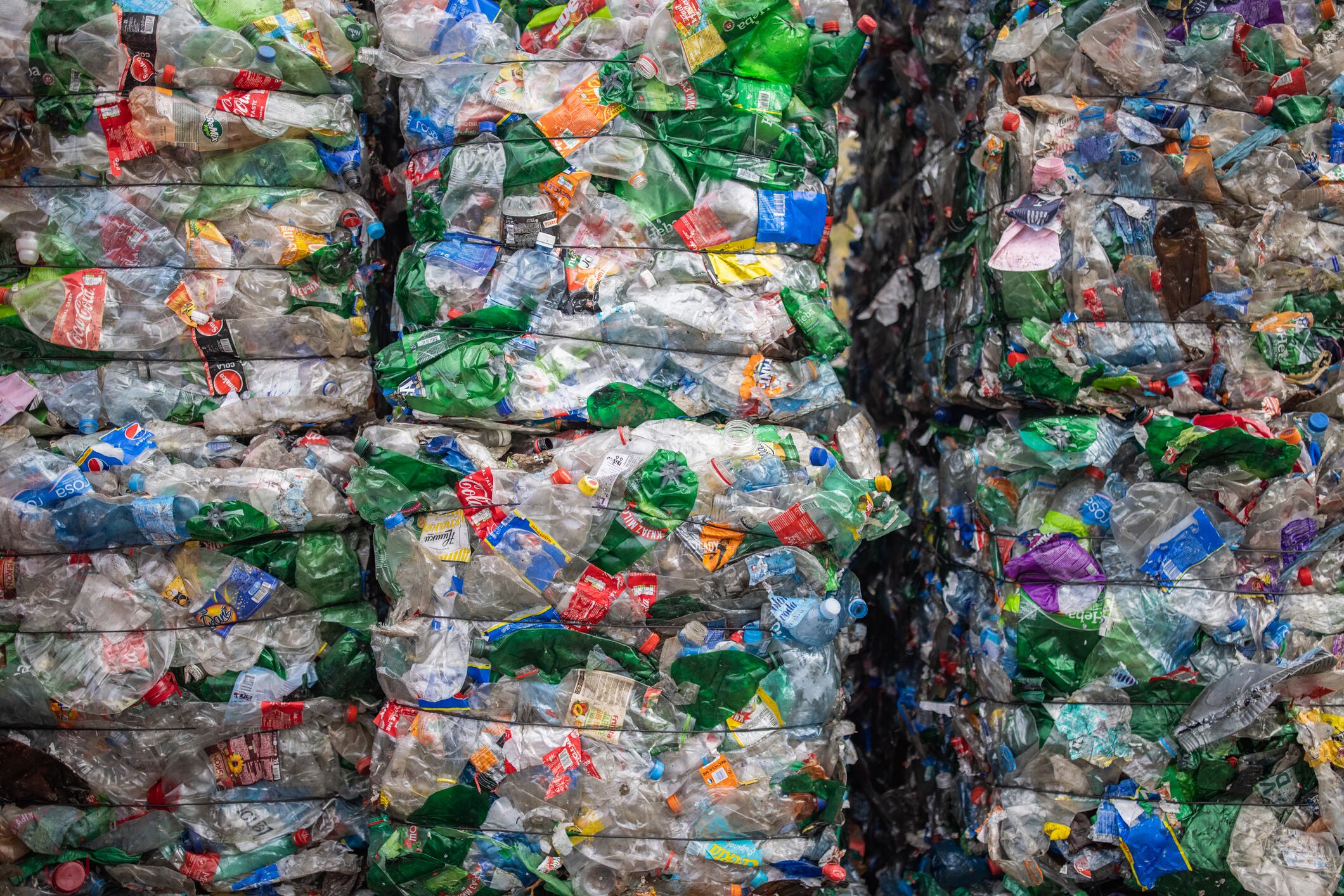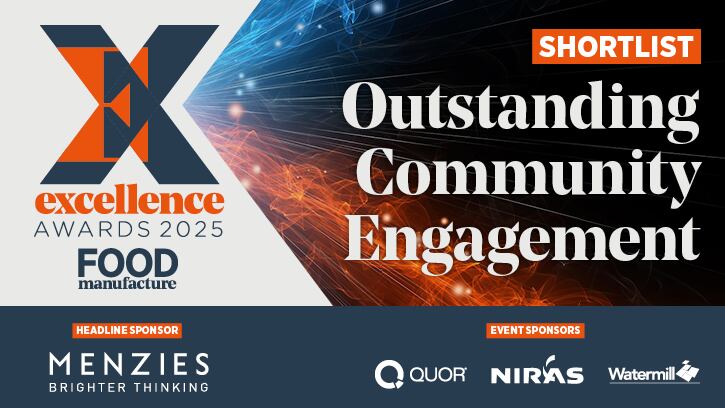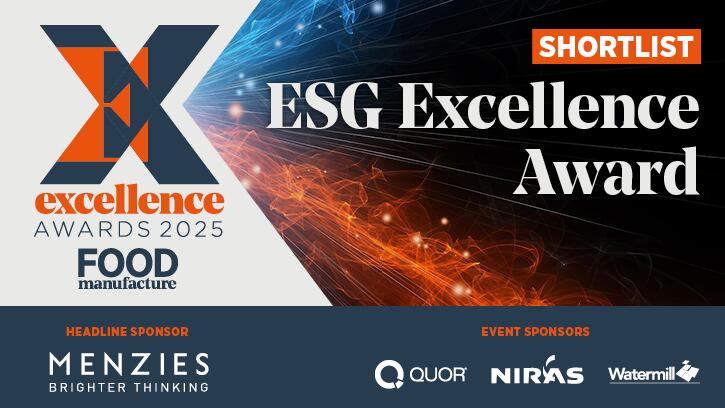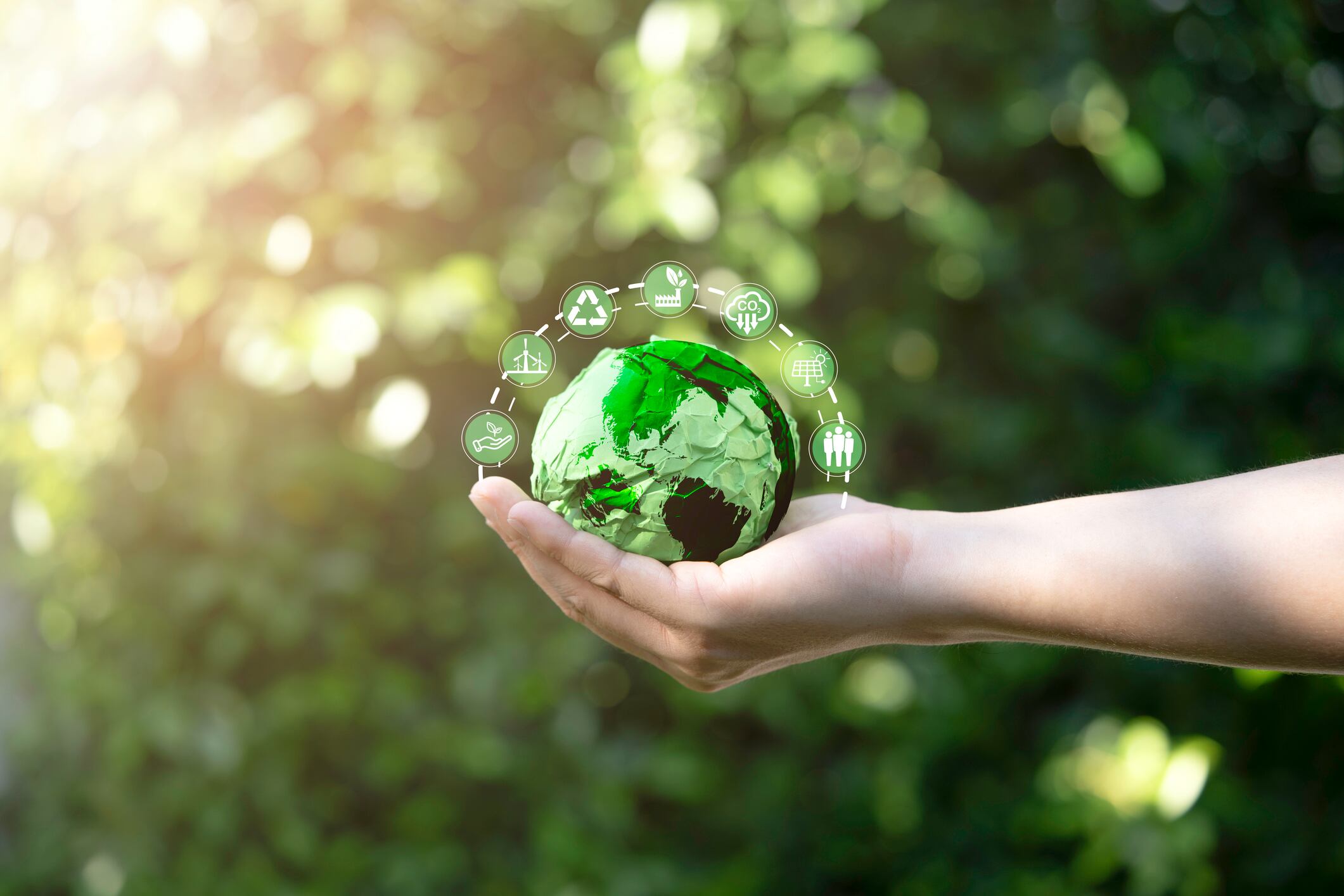Plastic packaging materials have revolutionised modern life – finding particular utility in food packaging where they act as a barrier against gases and moisture (prolonging the shelf life of food).
These materials are generally inert, safe in contact with food and cheap, as well as being transparent allowing consumers to see the food they are buying.
However, much of the plastic packaging material we use every day ends up in landfill, being incinerated or leaking out into the environment where it can have an impact on animal, plant and marine life.
What is PET and PP?
Two of the most common types of plastic used in the food industry are polyethylene terephthalate (PET) and polypropylene (PP) which both offer durability and versatility.
Due to these desirable qualities and a drive towards recycled materials, there has been a push towards using recyclable versions of these two materials (known as rPET and rPP).
Challenges associated with recycling PET and PP
However, providing food-grade recycled polymers is not without its challenges. This is primarily due to low-quality, post-consumer waste and the need for costly sorting and washing technologies.
In the UK, both PET and PP can be recycled in kerbside collection programmes. Generally, these materials are recycled mechanically, a process which involves sorting, washing and decontamination, shredding, and separation.
PET has a higher recycling rate, with more than three quarters of used PET drinks bottles being collected and recycled in the UK, according to Which? data.
This is, in part, because PET bottles are easy for recyclers to identify as food-grade plastic, meaning they can be transformed into drinks bottles. In fact, global drinks manufacturers Coca-Cola and PepsiCo have both now committed to using 50% rPET in their bottles by 2030.
But with rPET in high demand, there is now a gap in the supply for food grade rPET, meaning it’s not always an option manufactures can turn to.
PP on the other hand is much more challenging to recycle. Unlike PET which is widely used in bottles (meaning that recycling systems are provided with a uniform input), PP is made in many grades, formats and colours. Consequently, it is often challenging to separate the different types of PP.
This means that, to date, most rPP is not suitable for food-grade applications because it is not possible to eliminate the risk of contamination. According to a report by research firm Eunomia, post-consumer rPP meets only 3% of PP demand.
Recent developments in improving PET and PP recyclability
Recycled PET developments
One way of improving rPET supply is to improve the collection systems for PET; and it’s hoped the upcoming UK deposit return scheme (DRS), due to roll out in 2027, will help plug this gap.
Estimates suggest that the DRS will boost recycling levels for the containers falling under the scheme to 90% within three years.
Another way to increase food-grade rPET supply is by designing PET products with a focus on their end of life. For example, several beverage companies have switched from green PET bottles to transparent PET bottles with the latter readily recognised as food grade and more easily recycled.
Additives can be used to this end, boosting the properties of rPET and making the material suitable for food-grade applications.
Generally, when PET is recycled it is melted down and then re-formed into a new product. So-called ‘chain extenders’ may be added to the rPET when it is in its melted state and these chain extenders work like a glue to stick together broken polymer chains (which have been damaged during the life of the original product or in the recycling process). These chain extenders repair the polymer chains at a molecular level, meaning that the resultant rPET is strong enough for applications such a bottles or food trays.
Additives may also be used to counteract the yellow discolouration sometime seen in PET bottles. This process involves adding an opposite colourant to the PET when it is in its melted state to counteract discolouration. This means that the resulting rPET is transparent making them easier to sort in recycling plants.
The above recycling methods can all be classed as ‘mechanical recycling’ – these methods are currently the work-horse methods used to produce rPET and they have come a long way in recent years. However, mechanical recycling still has a range of disadvantages, including quality degradation, contamination issues and limited recycling cycles. A range of new methods are being developed which seek to overcome these disadvantages.
Another option is to use enzymatic recycling. This method uses enzymes to break PET into its individual building blocks (monomers). These monomers can then be reassembled back into new PET polymers.
One company working in this area is Evoralis which has developed enzymes that selectively depolymerise PET. The product of this enzymatic depolymerisation reaction can then be used to create virgin-like rPET.
Similarly, research firm Plasticentropy has developed a process using enzymes that originate from waxworm saliva. These enzymes are responsible for plastic degradation and open up new routes for plastic bioremediation via bio-recycling. The hope is that this will lead to a natural approach to deal with plastic pollution, with the eventual aim of the small molecules derived from the plastics to be re-utilised.
Another method of recycling PET involves making use of organic solvents. So-called ‘solvent based recycling’ involves dissolving PET in a suitable solvent to separate it from contaminants. This process can enable efficient PET recycling in a single step with pure polymer being recovered from the solvent. The type of solvent used depends on the type and quality of the PET waste. However, further work is required before this technology becomes commercially viable.
Chemical recycling is another approach which involves breaking down polymers into their constituent monomers (these can then be used to produce new virgin grade products).
Chemical recycling of PET involves a depolymerisation step involving heating PET with a catalyst in methanol to give terephthalic acid and monoethylene glycol. This technology is promising, although new catalysts and methods are required if this process is to compete for efficiency with mechanical recycling.
One organisation working in this area is Micromelt which has developed a microwave-driven catalytic technology for chemical recycling that can upcycle mixed and contaminated plastic waste.
Recycling PP developments
New technologies are also being developed to allow recycling of food grade PP.
To this end, Nextek has developed PolyPPrism which uses luminescent materials applied to plastic packaging labels. The use of markers, which emit specific wavelengths when illuminated by UV light, allow the packaging item to be uniquely identified in a sorting facility. This enables the specific grades of PP to be sorted more efficiently.
AI-based sorting technologies for PP are also being used. German waste management company RE Plano, for example, is able to combine colour, near infrared and hyperspectral imaging sensing technology to allow its AI to distinguish between different PP fractions.
The company has developed a state-of-the-art sorting facility with an aim to sort PP fractions with purities of >97%.
Chemical recycling is also an attractive option for rPP, especially because mechanical recycling often leads to downcycling of PP. This can result from thermal and physical degradation during the recycling process and difficulties associated with contaminants in the recycled feedstock.
The process is carried out in a similar way to PET methods; and recently, Braskem announced the first sale of chemically recycled PP for use in food-grade products.
Challenges still remain around the cost and energy requirements for the chemical recycling of PP, however.
Verification of rPET and rPP
It is important that packaging companies have confidence that the rPET and rPP they are using are properly recycled, so proper verification is necessary. There are several examples of companies working in this space.
One is Greenbank, which has developed technology involving waste collection, modular chemical recycling and verification of materials. This circular economy company uses IoT and blockchain technologies to ensure that recycled plastic comes from post‑consumer waste.
Meanwhile, not-for-profit start-up Recon2 has developed technology which incorporates minute quantities of fluorescent die into the structure of recycled plastics. The fluorescence intensity reveals the mix of recycled fluorescent plastic with virgin polymer, meaning that it is possible to identify the content of recycled plastics with a quick scan of the plastic surface.
Recon2 claim that its system allows the recycled content of any plastic product to be reliably assessed independent of processing steps, additives and product type.
Recon2 is also developing a trust mark certification and auditing system which can inform customers about the levels of post-consumer recyclate in plastics.
How does this fit into the bigger picture for a more sustainable future in food packaging?
PET and PP are essential food packaging materials, so it is important that the industry becomes more circular to continue their use within the food and drink sector.
For rPET, innovations in collections systems and product design are helping to recover higher levels of food-grade PET. Innovations in methods for reprocessing PET can also lead to upcycling of lower grade materials meaning they are suitable for food grade applications
Recycling of food-grade PP is at an earlier stage. However, innovations in labelling and sorting rPP can ensure that food grade PP can be separated and used again. Chemical recycling methods also offer a valuable future pathway to deliver virgin grade rPP.
Overall, innovations in recycling food grade PET and PP are paving the way for a more sustainable future in food packaging and may be applicable to the recycling of other polymer materials commonly used in the packaging industry.




